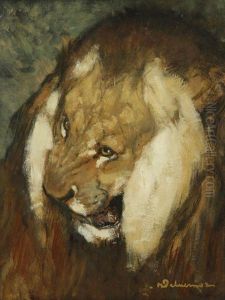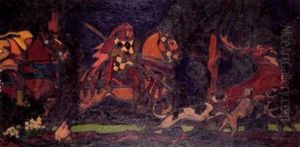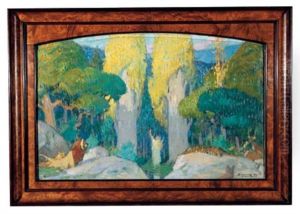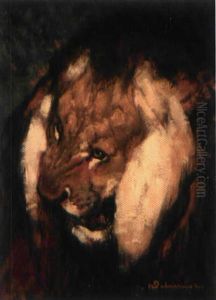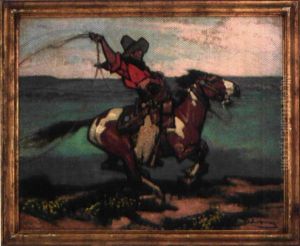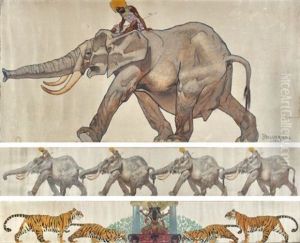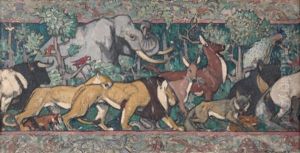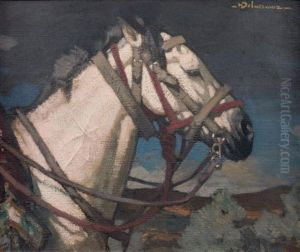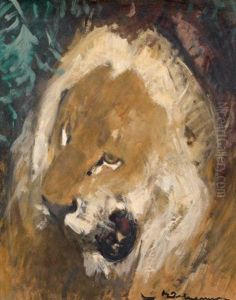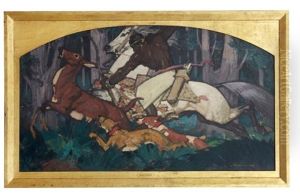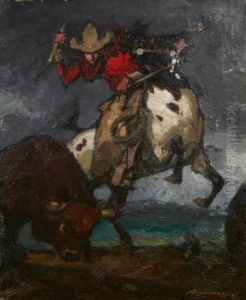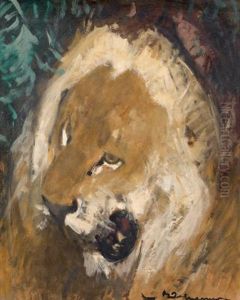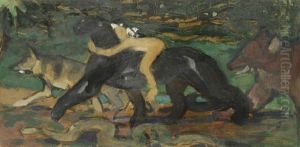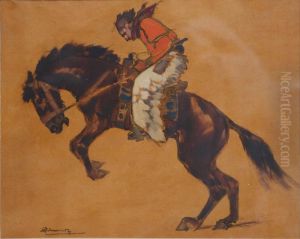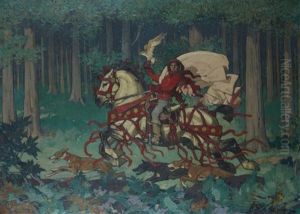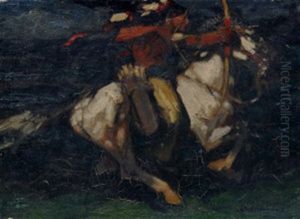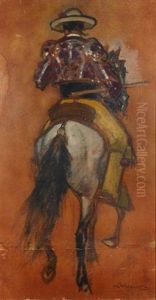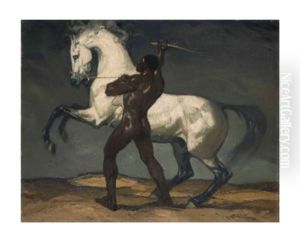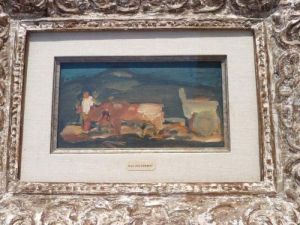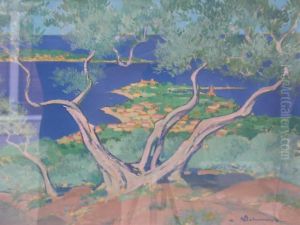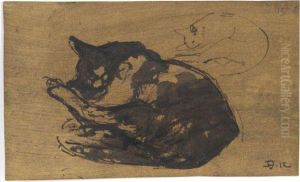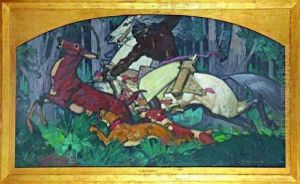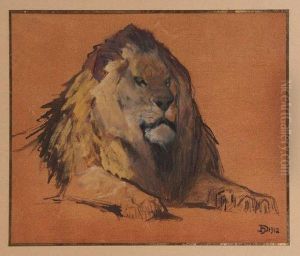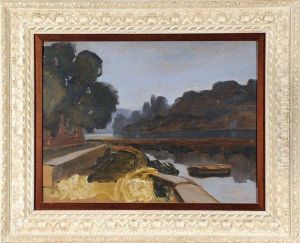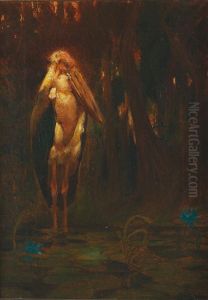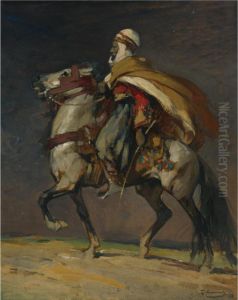Henri Deluermoz Paintings
Henri Deluermoz was a French painter and illustrator, recognized for his depictions of animals, historical subjects, and scenes from daily life. Born on December 4, 1876, in Lyon, France, Deluermoz showed an early interest in art and was particularly fascinated by the natural world, which would become a central theme throughout his career.
Deluermoz received his formal art education at the École nationale des beaux-arts de Lyon and later at the École des Beaux-Arts in Paris, where he studied under influential teachers such as Léon Bonnat and Fernand Cormon. His talent was evident, and he began exhibiting his works at the Salon des Artistes Français, eventually earning a gold medal in 1920.
The artist's work was characterized by a meticulous attention to detail and a deep understanding of animal anatomy, which he portrayed with both realism and sensitivity. Deluermoz was not only an accomplished painter but also a skilled draftsman and illustrator. He provided illustrations for a number of books, including editions of Rudyard Kipling's 'The Jungle Book' and Jean de La Fontaine's 'Fables,' which showcased his ability to capture the essence of the animal characters.
In the 1920s and 1930s, Deluermoz's reputation grew, and his works were exhibited internationally. He was also commissioned to create large-scale decorative panels and frescoes for various institutions, including the Muséum national d'histoire naturelle in Paris. His contributions to the field of natural history illustration were significant, merging scientific accuracy with artistic expression.
During World War I, Deluermoz served in the French army, and his experiences influenced some of his later works, which included scenes of war and its aftermath. Despite the broad range of subjects in his portfolio, it is his animal paintings that have left a lasting legacy, captivating audiences with their vitality and precision.
Henri Deluermoz passed away on May 28, 1943, in Paris. Today, his work is remembered for its contribution to the naturalist tradition in French art, and his paintings can be found in various museums and private collections. His legacy continues to inspire artists and animal lovers alike, and his name remains associated with the artistic portrayal of the animal kingdom in the early 20th century.
